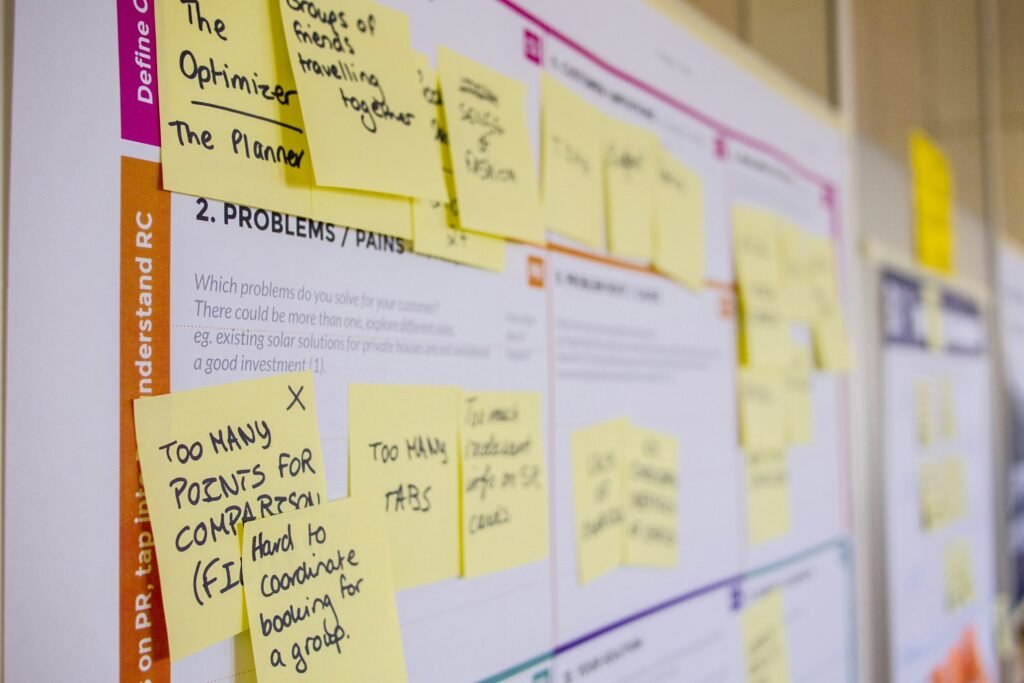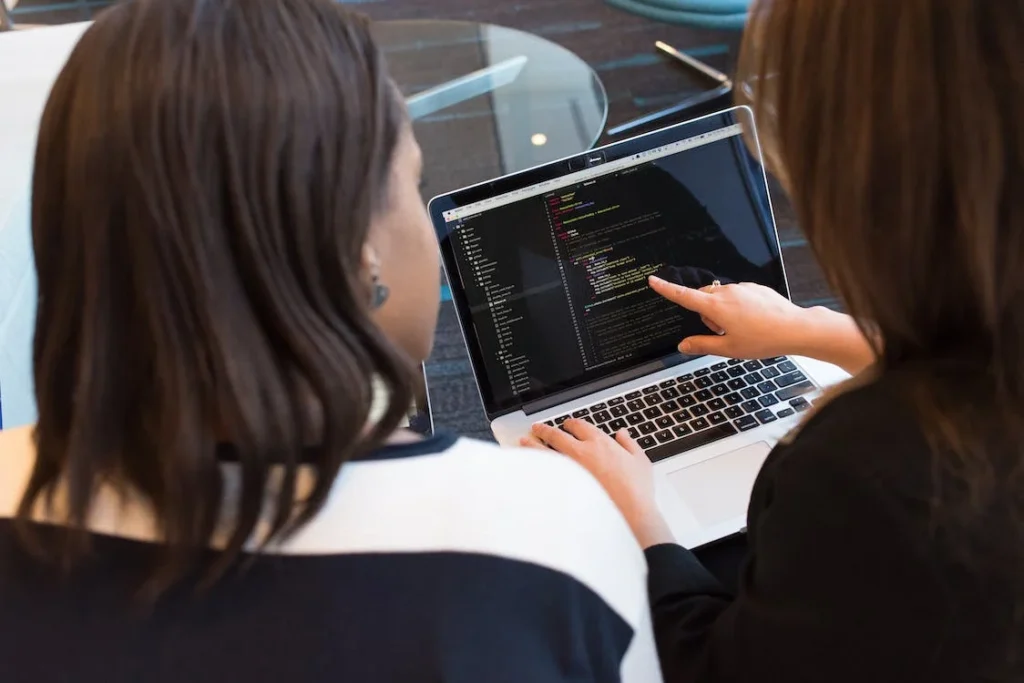From the operating systems that power our devices to the applications that enable us to work, play, and communicate, software is ubiquitous. As such, software licensing agreements have become a critical aspect of the software development and distribution process. These agreements govern the rights and responsibilities of both software developers and users, ensuring that software is used in a legal and ethical manner.
Related Read: 13+ Key Elements of a Software Development Agreement
Understanding Software Licensing Agreements
A software licensing agreement is a legal contract between a software developer (the licensor) and a user (the licensee). The purpose of this agreement is to grant the licensee specific rights to use the software, such as installing, copying, or modifying it, while also protecting the intellectual property rights of the developer.
In exchange for these rights, the licensee typically pays a fee to the developer.
Importance for software developers and users
For software developers, licensing agreements are essential for protecting their intellectual property, generating revenue, and establishing a legal framework for the use and distribution of their software. For users, these agreements help ensure that they are using software legally and ethically, as well as receiving the necessary support and updates from the developer.
Types of software licenses
There are several types of software licenses, including proprietary, open-source, and Software as a Service (SaaS) agreements. Each type of license has its own unique characteristics, benefits, and drawbacks.
#1. Proprietary software licenses
Proprietary software licenses are the most common type of software license. They grant the user the right to use the software but often impose significant restrictions on its use, such as limitations on copying, modifying, or redistributing the software. Proprietary licenses typically require the user to pay a fee, which may be a one-time purchase price or a recurring subscription fee.
#2. Open-source software licenses
Open-source software licenses, on the other hand, allow users to access, modify, and redistribute the software’s source code freely. This type of license promotes collaboration, innovation, and transparency in software development. Examples of popular open-source licenses include the GNU General Public License (GPL) and the Apache License.
#3. SaaS (Software as a Service) agreements
SaaS agreements are a specific type of software license that applies to cloud-based applications. In this model, the software is hosted by the developer and accessed by the user via the internet. SaaS agreements typically have a subscription-based pricing model and often include provisions for data storage, security, and privacy. This type of licensing is becoming increasingly popular due to its scalability, flexibility, and lower upfront costs for users.
Key Terms and Components of Software Licensing Agreements
#1. License Grant
The license grant is the core element of a software licensing agreement. It outlines the specific rights granted to the licensee, such as the right to install, use, copy, or modify the software. It also specifies any limitations or restrictions on these rights, such as the number of devices the software can be installed on or the types of users who can access the software.
#2. License Scope
The scope of the license defines the extent of the licensee’s rights to use the software. This may include limitations on the geographic area, industry, or purpose for which the software can be used. A clear and well-defined license scope is crucial for both parties to understand their rights and obligations under the agreement.
#3. License Term and Termination
The license term specifies the duration of the agreement and any conditions under which it may be terminated, such as breach of the agreement by either party or the licensee’s failure to pay the required fees. It is important for both parties to understand the termination provisions, as that can have significant legal and financial implications.
#4. License Fees and Payment Terms
The license fees and payment terms section of the agreement outlines the financial aspects of the licensing arrangement, including the amount of the fees, the payment schedule, and any late payment penalties. This section should be clear and specific to avoid disputes or misunderstandings later on.
#5. Intellectual Property Rights
The intellectual property rights section of the agreement establishes the ownership and protection of the software’s copyright, trademarks, patents, and trade secrets. It is crucial for the developer to retain ownership of their intellectual property while granting the licensee the necessary rights to use the software.
Related Reads:
- How Intellectual Property Laws protect Trade Secrets and Software Code in the US
- Can You Protect Your Software by Patent or Copyright in India?
- How to Protect Your Software Code in the US
#6. Warranties and disclaimers
Warranties and disclaimers outline the promises made by the developer regarding the software’s performance, functionality, and security. This section also typically includes disclaimers that limit the developer’s liability for any issues or damages that may arise from the use of the software.
#7. Limitation of liability
The limitation of liability clause is an essential component of a software licensing agreement, as it limits the developer’s liability for damages resulting from the use of the software. This clause often caps the amount of damages the developer can be held responsible for, which can be crucial in the event of a legal dispute.
#8. Indemnification
Indemnification provisions in a software licensing agreement protect both parties from third-party claims arising from the use of the software.
For example, the developer may agree to indemnify the licensee against any claims of intellectual property infringement, while the licensee may agree to indemnify the developer against any claims arising from the licensee’s misuse of the software.
#9. Confidentiality
Confidentiality clauses protect sensitive information shared between the parties during the course of the licensing agreement. This can include trade secrets, proprietary information, and customer data. Both parties should ensure that the confidentiality provisions adequately safeguard their respective interests.
#10. Maintenance and support
The maintenance and support section of the agreement outlines the developer’s obligations to provide updates, bug fixes, and technical support for the software. This section should clearly define the scope of the support services, response times, and any associated fees.
#11. Governing law and dispute resolution
The governing law and dispute resolution section of the agreement establishes the jurisdiction and legal framework under which any disputes between the parties will be resolved. This may include arbitration, mediation, or litigation. Selecting an appropriate dispute resolution mechanism can help to resolve conflicts more efficiently and cost-effectively.
#12. Audits and compliance
The audits and compliance section of the agreement allows the developer to monitor the licensee’s compliance with the terms of the license. This may include provisions for periodic audits, reporting requirements, and penalties for non-compliance.
Best Practices for Drafting and Negotiating Software Licensing Agreements
#1. Define the scope of the license clearly
A well-defined license scope ensures that both parties understand their rights and obligations under the agreement. Be clear about the extent of the licensee’s rights, any limitations or restrictions, and the intended purpose of the software.
#2. Determine appropriate license fees
The license fees should be based on factors such as the value of the software, the scope of the license, and the support and maintenance provided. Carefully consider the pricing model, whether it’s a one-time fee, subscription-based, or usage-based, to ensure that it aligns with the software’s value and the parties’ expectations.
#3. Protect intellectual property rights
Ensure that the agreement clearly establishes the ownership of intellectual property rights, such as copyrights, trademarks, patents, and trade secrets. The developer should retain ownership while granting the licensee the necessary rights to use the software legally.
#4. Include clear warranties and disclaimers
Outline the warranties provided by the developer regarding the software’s performance, functionality, and security. At the same time, include disclaimers that limit the developer’s liability for any issues or damages arising from the use of the software.
#5. Limit liability and indemnification obligations
Include a limitation of liability clause to protect the developer from excessive damages in the event of a legal dispute. Additionally, establish indemnification provisions that protect both parties from third-party claims arising from the use of the software.
#6. Address confidentiality and data protection
Ensure that the agreement includes provisions for protecting sensitive information shared between the parties, such as trade secrets, proprietary information, and customer data. Both parties should be aware of their responsibilities in safeguarding confidential information.
#7. Specify maintenance and support services
Clearly define the scope of maintenance and support services provided by the developer, including the response times, fees, and the duration of the support. This will help manage the licensee’s expectations and avoid disputes related to support services.
#8. Establish a dispute resolution mechanism
Create an appropriate dispute resolution mechanism, such as arbitration, mediation, or litigation, and specify it in the agreement. This will help both parties resolve conflicts more efficiently and cost-effectively if disputes arise.
#9. Stay current with relevant laws and regulations
Software licensing agreements should comply with all relevant laws and regulations, including those related to data protection, consumer rights, and export controls. Both parties should stay informed about changes in the legal landscape to ensure ongoing compliance.
Challenges and Pitfalls in Software Licensing Agreements
#1. Common mistakes and misconceptions
Some common mistakes in software licensing agreements include poorly defined license scopes, inadequate protection of intellectual property rights, and ambiguous payment terms. Misconceptions about open-source licenses and the assumption that all software licenses are the same can also lead to issues.
#2. Potential legal issues and disputes
Disputes can arise from various sources, such as disagreements over license fees, disputes about the scope of the license, or allegations of intellectual property infringement. Both parties should be prepared to handle potential legal issues and have a dispute resolution process in place.
#3. Strategies for avoiding conflicts and ensuring compliance
To avoid conflicts and ensure compliance, both parties should clearly communicate their expectations and requirements, establish well-defined terms and conditions, and actively monitor compliance with the agreement. Additionally, keeping up-to-date with relevant laws and regulations can help prevent legal issues.
The Future of Software Licensing Agreements
As technology continues to advance at a rapid pace, software licensing agreements must adapt to accommodate new developments and trends. Some emerging technologies that could impact software licensing include artificial intelligence, blockchain, edge computing, and the Internet of Things (IoT). These technologies may introduce new complexities to software licensing, requiring novel approaches to licensing terms, intellectual property protection, and revenue models.
Related Reads:
- A Deep Dive into the basics of a Smart Contract
- Smart Contract vs Traditional Contract: What’s the difference?
Evolving legal landscape
The legal landscape surrounding software licensing is also constantly evolving, driven by changes in laws and regulations at the national and international levels. Examples include updates to data protection and privacy laws, such as the General Data Protection Regulation (GDPR) in the European Union, and shifts in intellectual property regulations, such as the potential harmonization of copyright laws. Staying current with the evolving legal landscape will be crucial for software developers and users to ensure ongoing compliance and avoid potential legal disputes.
Adapting to new challenges and opportunities
The software industry is continuously changing, and both developers and users must be agile in adapting to new challenges and opportunities. Some key areas to consider include the rise of new software distribution models, such as app stores and cloud-based platforms; the growing importance of data security and privacy in a connected world; and the increasing prevalence and influence of open-source software, which can have implications for traditional licensing models.
To thrive in the future, software developers and users should actively monitor emerging trends and technologies, stay informed about changes in the legal landscape, and be willing to adapt their licensing strategies and practices accordingly. By staying proactive and embracing change, the software industry can continue to foster innovation, collaboration, and growth.
Wrapping it up
Understanding and navigating software licensing agreements is essential for both developers and users. By being aware of the key terms and components, best practices, common challenges and pitfalls, and emerging trends, both parties can create effective and mutually beneficial agreements.
Implementing the best practices in software licensing agreements, as outlined in this article can help protect intellectual property, generate revenue, and ensure legal and ethical software use. Both developers and users must be proactive in understanding and applying these best practices.
Developers and users alike should prioritize understanding software licensing agreements and applying the best practices outlined in this article. By doing so, they can help foster a more transparent, collaborative, and innovative software industry.
Read Next:
- Role of M&A in corporate growth strategies
- Website Development Agreement: Key Elements to Incorporate into Your Contract
- Original Equipment Manufacturing Contracts Explained!
- End-User Licensing Agreements: All You Need to Know
Need any help with this? Send us an email at adhip[at]winsavvy.com or book a meeting for free here and we will show you how we do it.





















